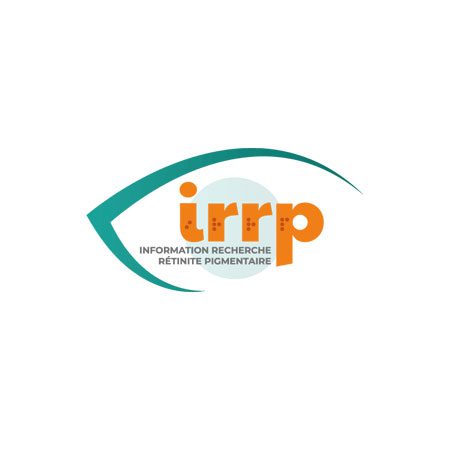SPVN06 has the potential to slow or stop the degeneration of cone photoreceptors, which ultimately leads to blindness. The primary disease target for SPVN06 is Retinitis Pigmentosa (RP), one of the most common inherited retinal diseases that affects two million patients worldwide.
SPVN06 treatment is gene agnostic, and therefore potentially capable of addressing more than 80 known genetic mutations of RP. SPVN06 expresses proprietary neurotrophic factor (Rod derived Cone Viability Factor, RdCVF) and one enzyme reducing oxidative stress (Rod derived Cone Viability Factor Long form, RdCVFL) and is delivered via a single subretinal injection.
What are photoreceptors?
Photoreceptors are cells in the retina that begin the process of seeing. They absorb and convert light into electrical signals. These signals are sent to other cells in the retina and then through the optic nerve to the brain where they are processed into the images we see.
There are two general types of photoreceptors: rods and cones. Rods are in the outer regions of the retina and allow us to see in dim and dark light. Cones reside mostly in the central portion of the retina and allow us to perceive fine visual details and color.
Watch
SPV06 in Retinitis Pigmentosa
Description
Unlike traditional gene therapies which replace a specific defective or missing gene in a cell, SPVN06, our lead drug product, acts independently of the causative gene mutation. SPVN06 counteracts the degeneration of cone photoreceptors by restoring RdCVF, a neurotrophic factor naturally produced by functioning rods in the retina; and by promoting RdCVFL, a potent antioxidant which protects cones against oxidative stress. The DNA of the two distinct isoforms (RdCVF and RdCVFL) of the NXNL1 gene are supplied via an Adeno-associated virus (AAV), a viral vector classically used in gene therapy.
SPVN06 is delivered via the subretinal route to the cones and retinal pigmented epithelium (RPE). Such route of administration has already been proved safe and efficacious for delivery of gene therapy. Upon delivery of SPVN06, the transgenes are mainly expressed in the RPE cells for RdCVF and in the cones for RdCVFL. SPVN06 is expected to provide a long-lasting neuroprotective effect to prevent the progression of RP in patients with moderate to severe pathology.
Development plan
SparingVision’s goal is to bring SPVN06 to the market as quickly as possible, giving treatment options to the two million patients across the globe, who are currently living with this slowly progressing disease which will eventually lead to blindness.
The Company intends to start its first-in-human trial shortly after receiving a Clinical Trial Authorisation (CTA) and Investigational New Drug (IND). The first clinical trial will be a Phase I/II study aimed at testing the safety, tolerability, preliminary efficacy and quality of life of SPVN06.
Publications
Rod -derived cone viability factor promotes cone survival by stimulating aerobic glycolysis
Najate Aït-Ali et al. Cell 2015 May 7;161(4):817-32. doi: 10.1016/j.cell.2015.03.023
Cell metabolism: Sugar for sight
Connie Cepko et al. Nature. 2015 Jun 25;522(7557):428-9. doi: 10.1038/522428a.
The Thioredoxin Encoded by the Rod-Derived Cone Viability Factor Gene Protects Cone Photoreceptors Against Oxidative Stress
Xin Mei et al. Antioxid Redox Signal. 2016 Jun 1;24(16):909-23. doi: 10.1089/ars.2015.6509. Epub 2016 May 12.
Viral-mediated RdCVF and RdCVFL expression protects cone and rod photoreceptors in retinal degeneration
Leah Byrne et al. J Clin Invest. 2015 Jan;125(1):105-16.doi: 10.1172/JCI65654. Epub 2014 Nov 21.









